Introductory Psychology Open Course: Unit 11
Emotion & Motivation
What is an emotion, and how do emotions serve to motivate us and guide our behavior? In this unit we'll look at several theories for how emotions arise and how they are expressed, as well as how we regulate our emotional reactions. Then we'll consider the role of motivation in behavior, from basic drives like hunger and sex, to more complex motivational states. We'll consider how we manage and prioritize these types of motivations, particularly when they conflict with one another.
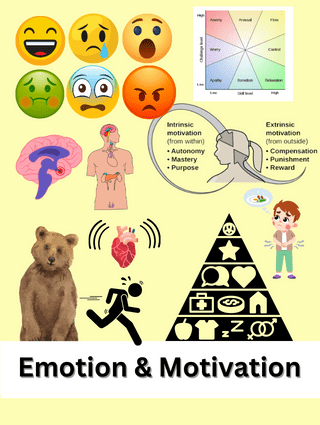
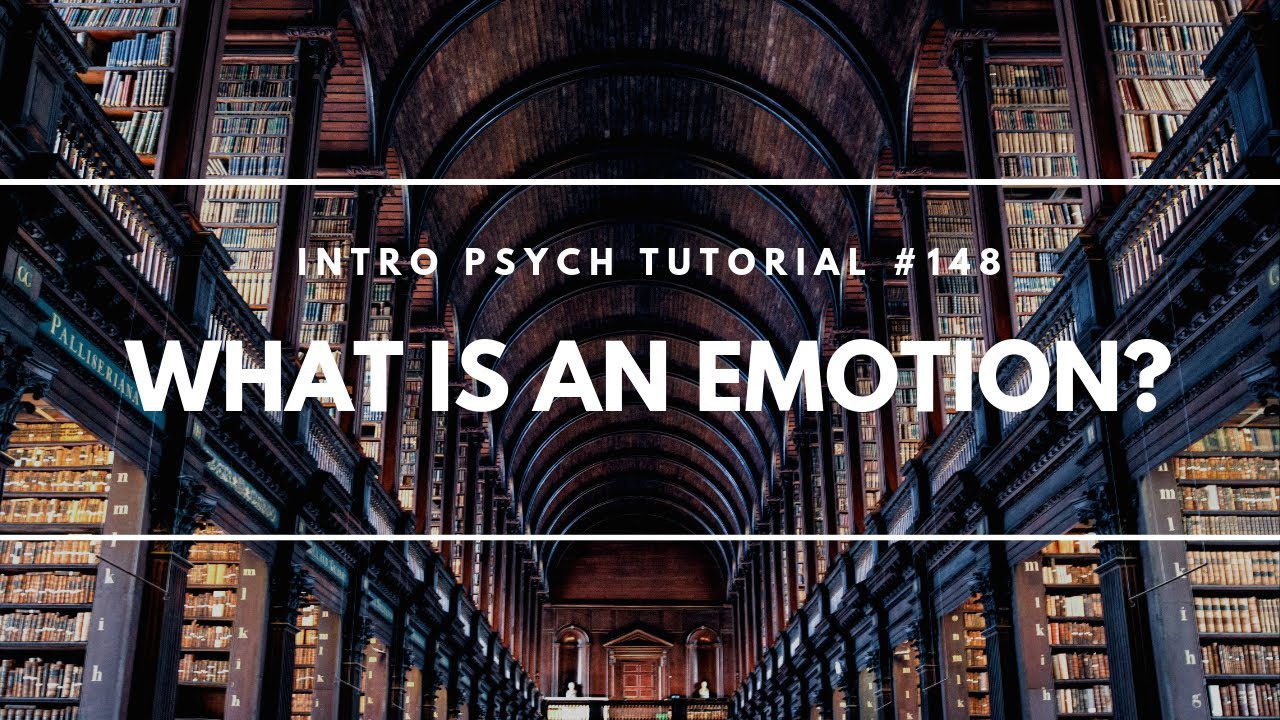
How can we define emotional states?
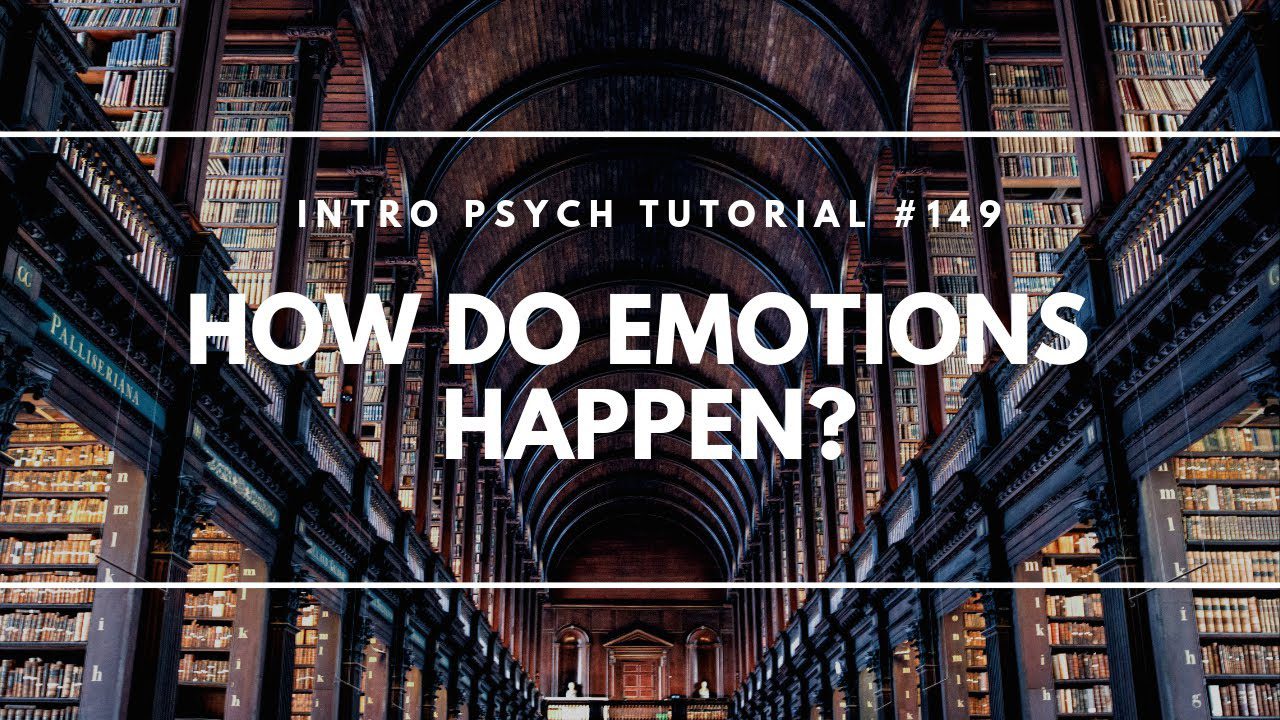
Theories for how emotions occur
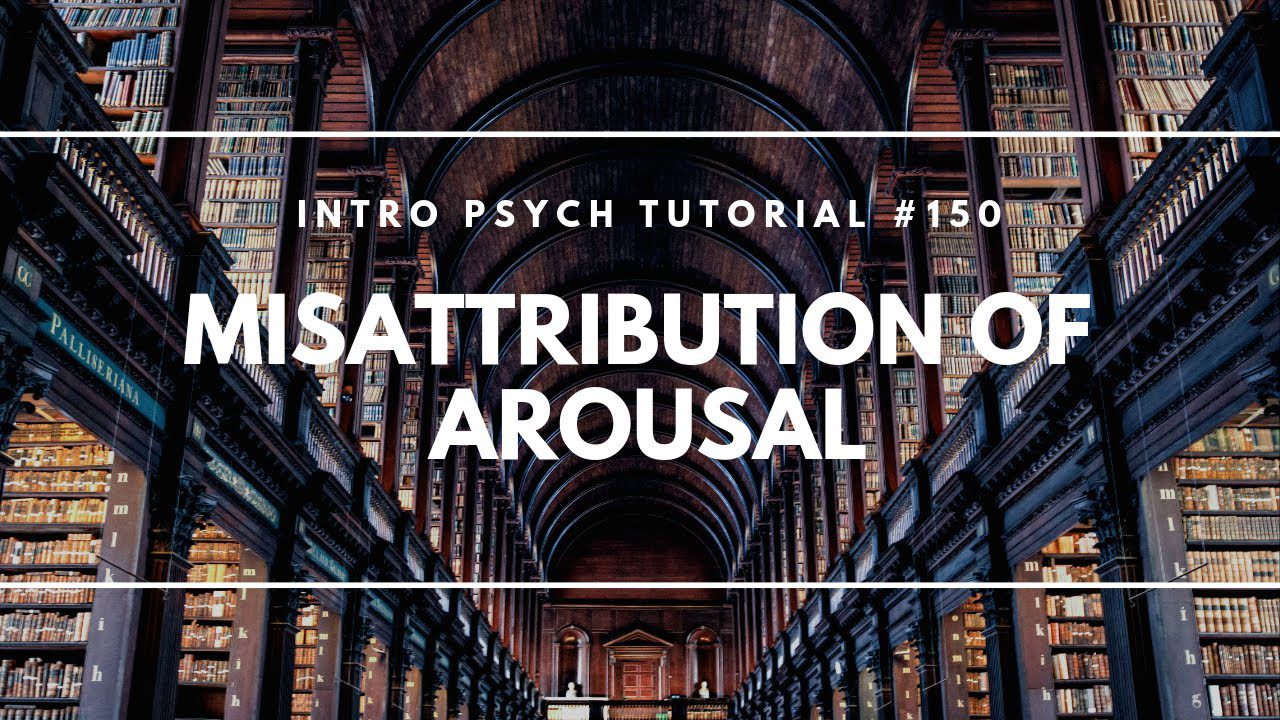
Can we correctly identify the source of emotional states?
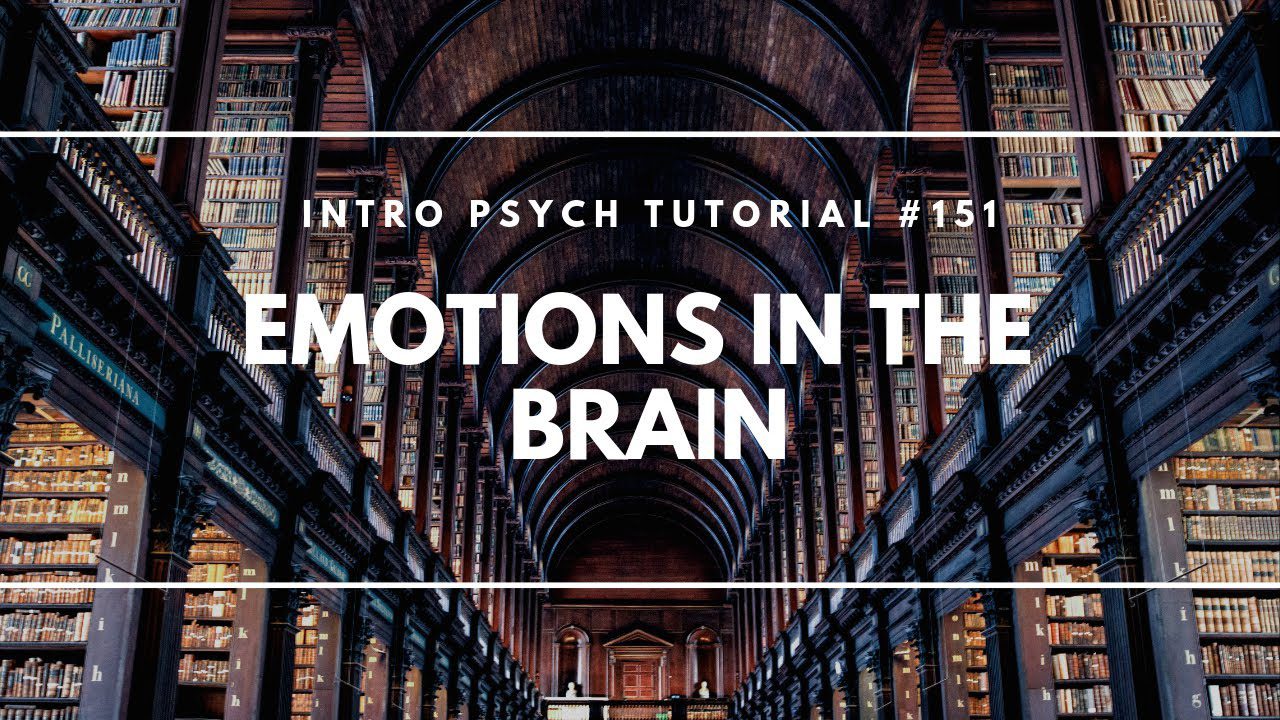
The limbic system and emotional processing
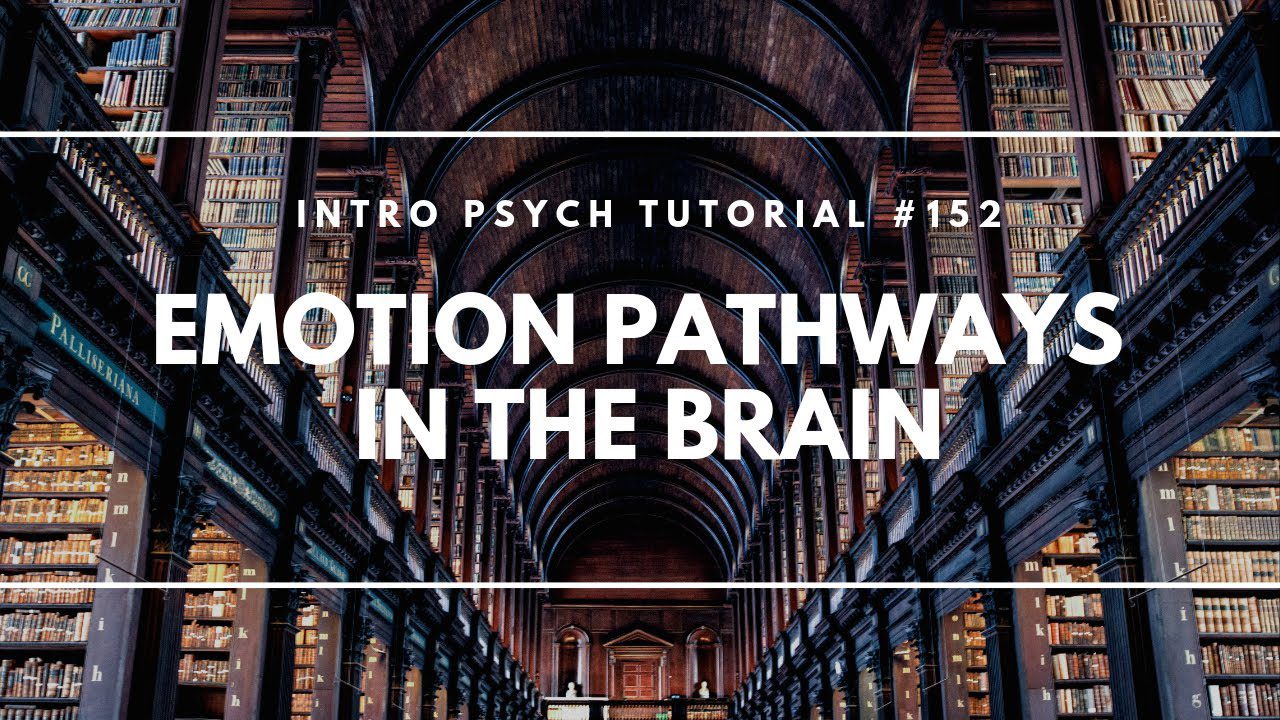
How emotional messages travel in the brain

History of the Frontal Lobotomy

The role of the cortex in regulating emotion & shaping personality
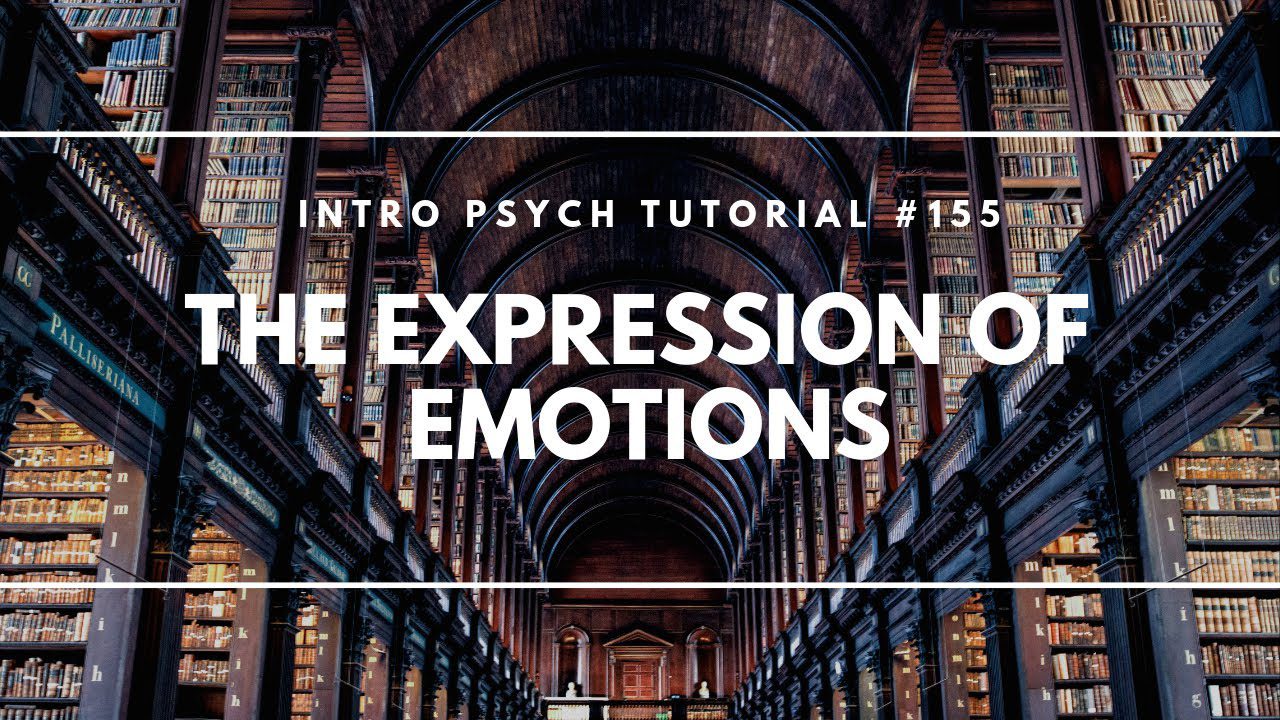
Do emotions have universal expression?

How emotional expression relates to social interaction
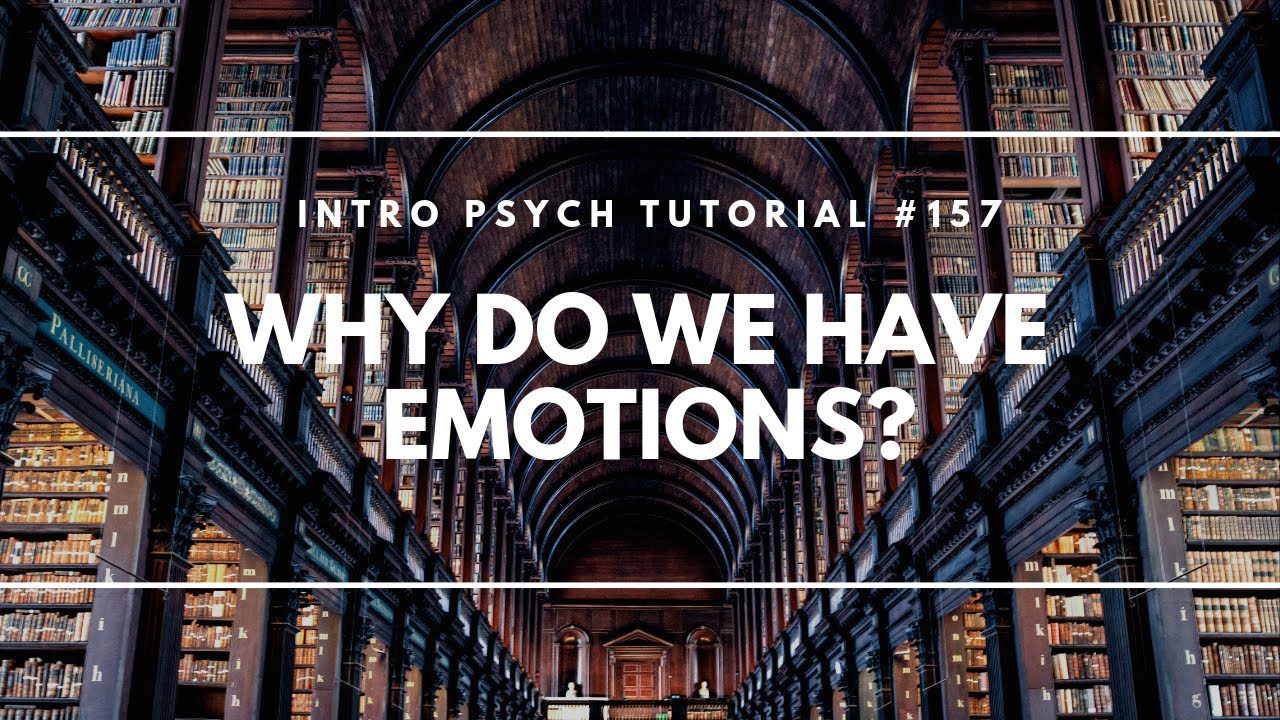
What is the purpose of emotional states?
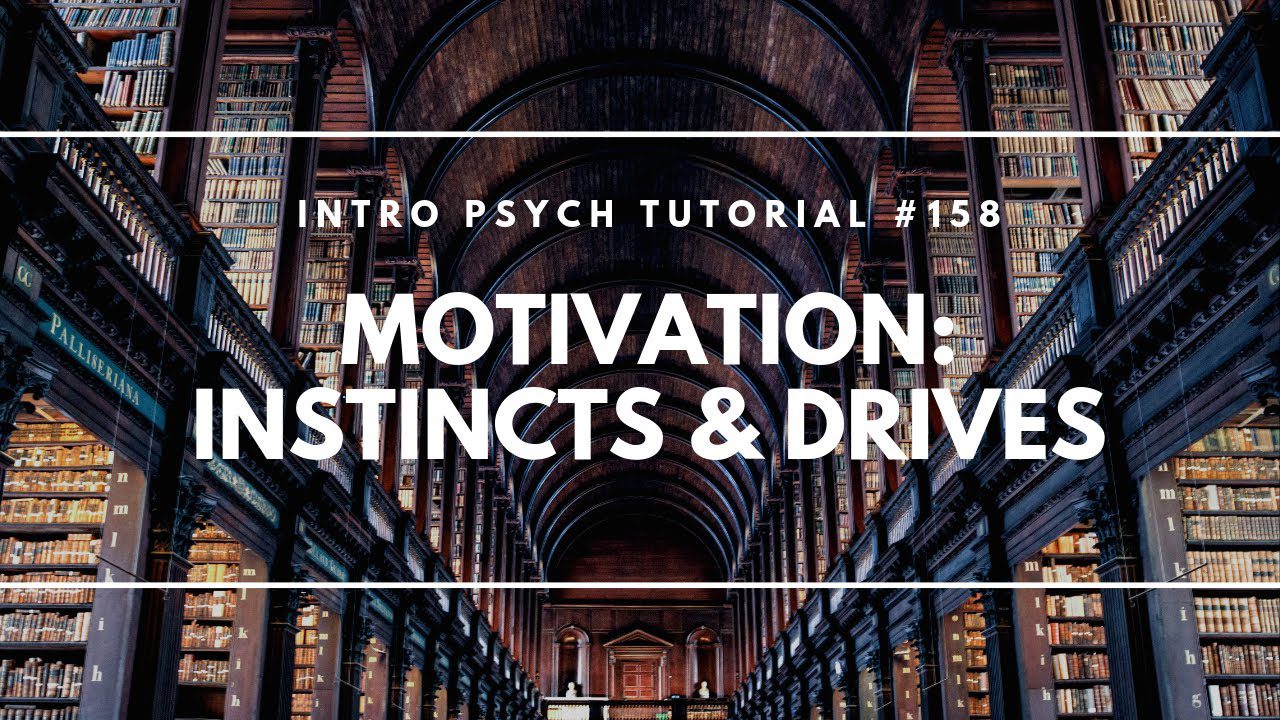
Instincts & Drives as basic motivations
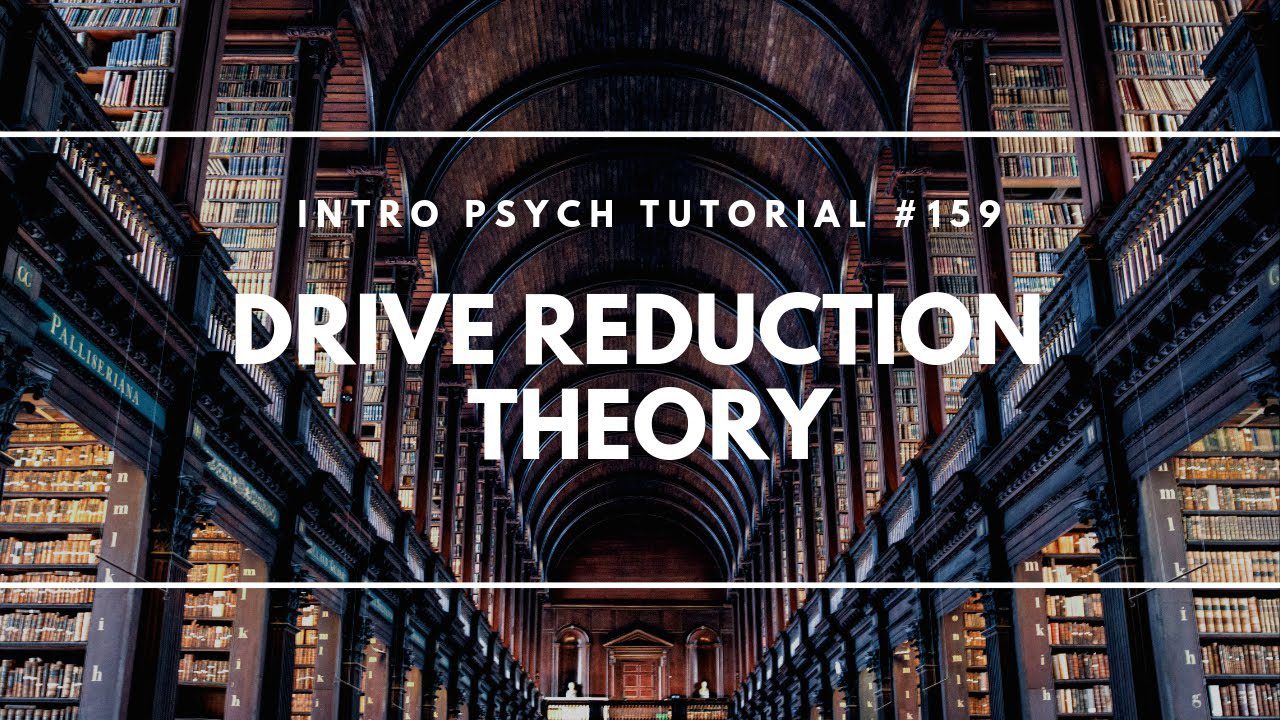
Drive reduction theory as a basis for motivating behavior
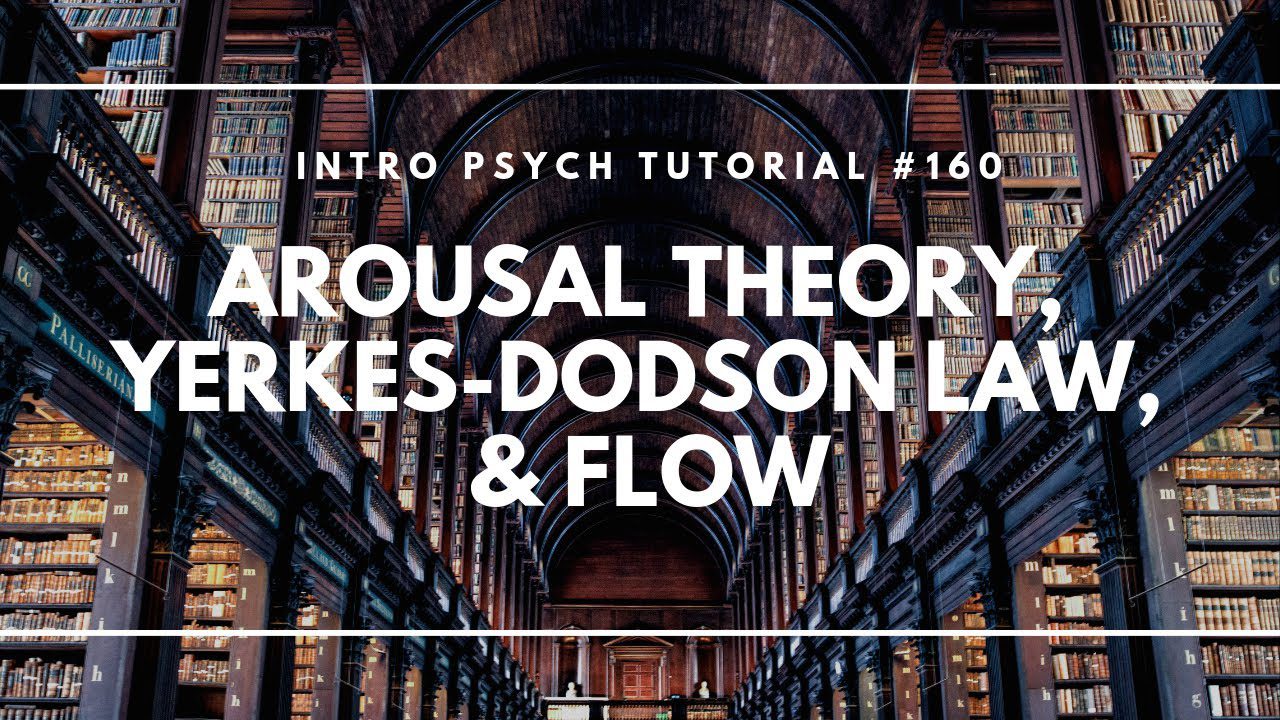
Arousal theory, Yerkes-Dodson law, & Flow
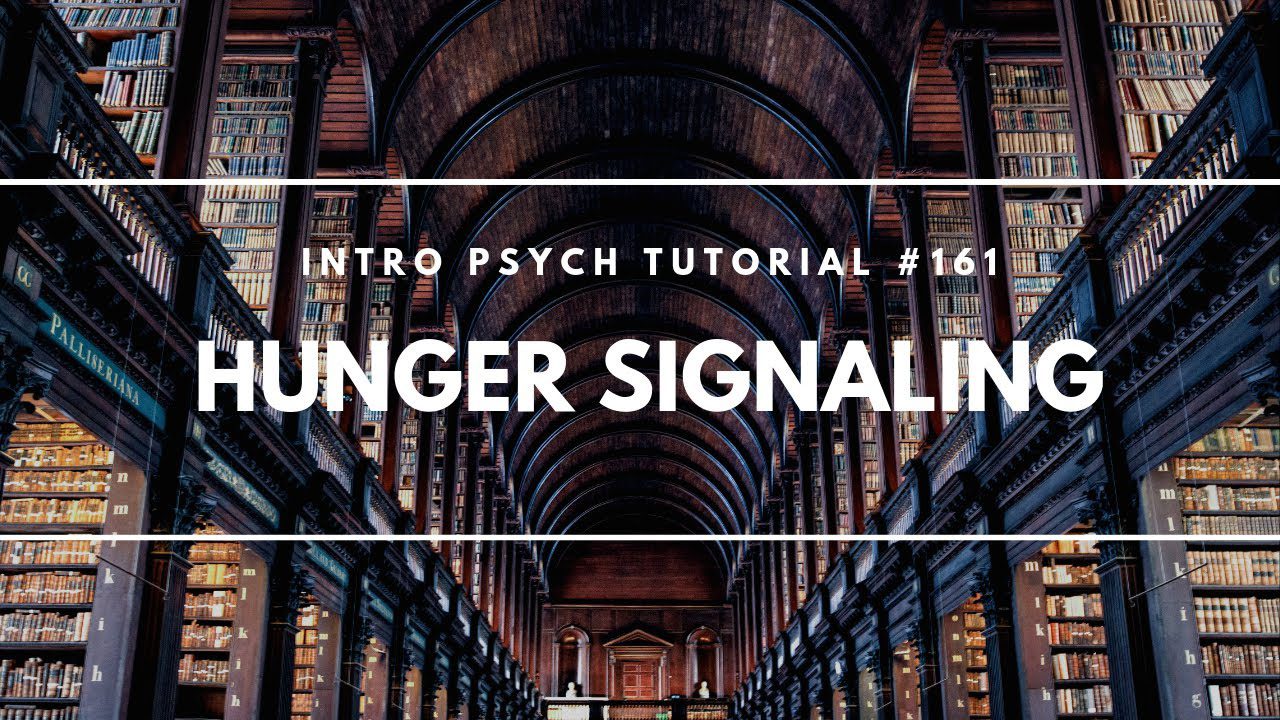
How the hunger signal turns on and off
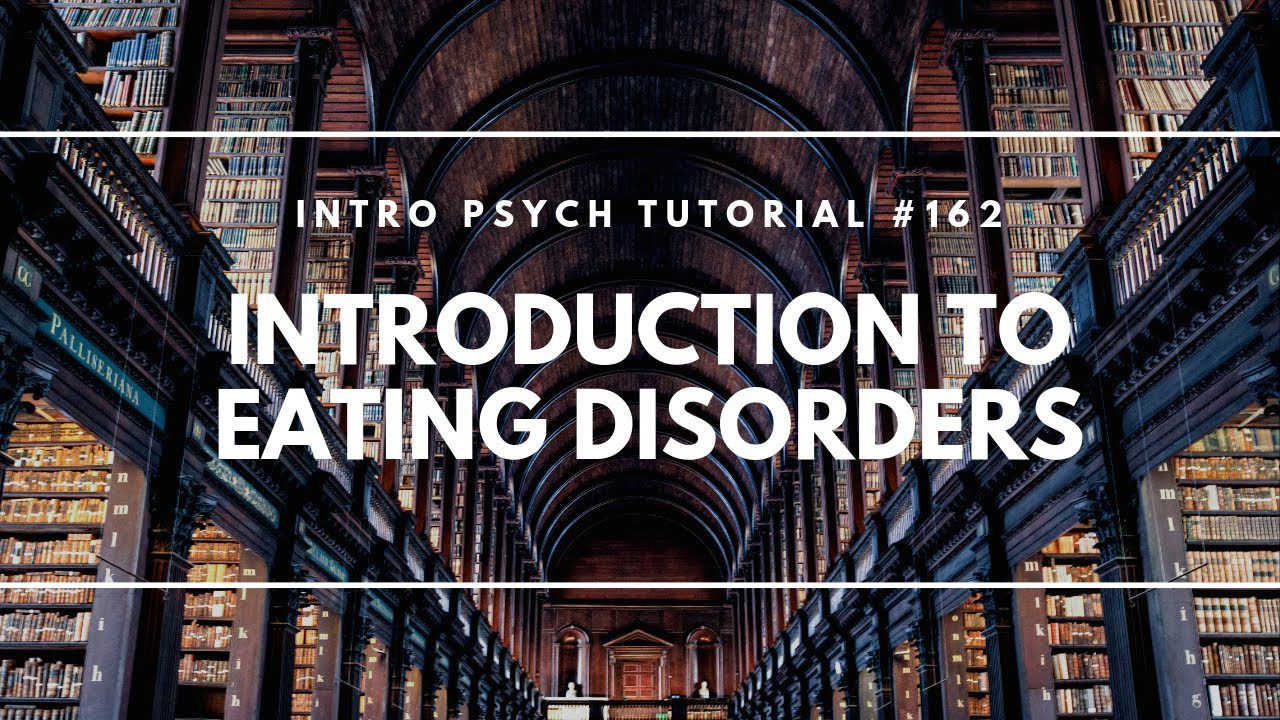
Eating disorders and motivation

Motivation & Obesity
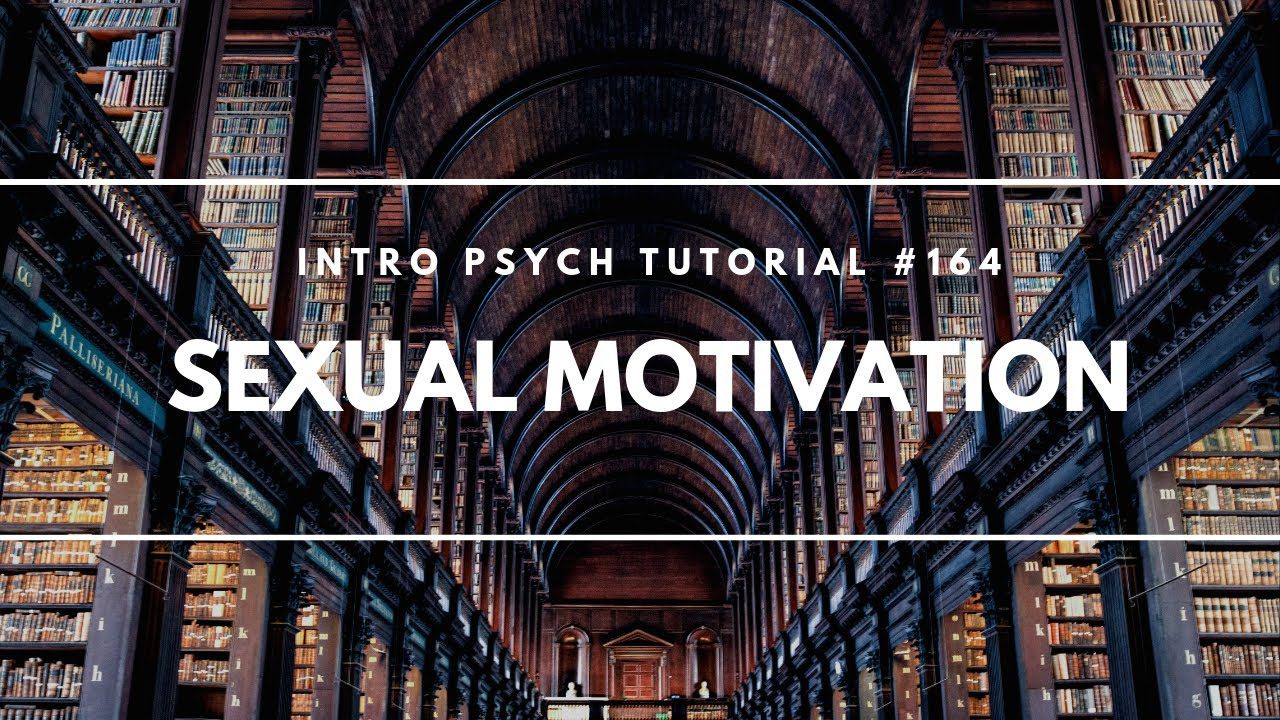
Factors in sexual motivation
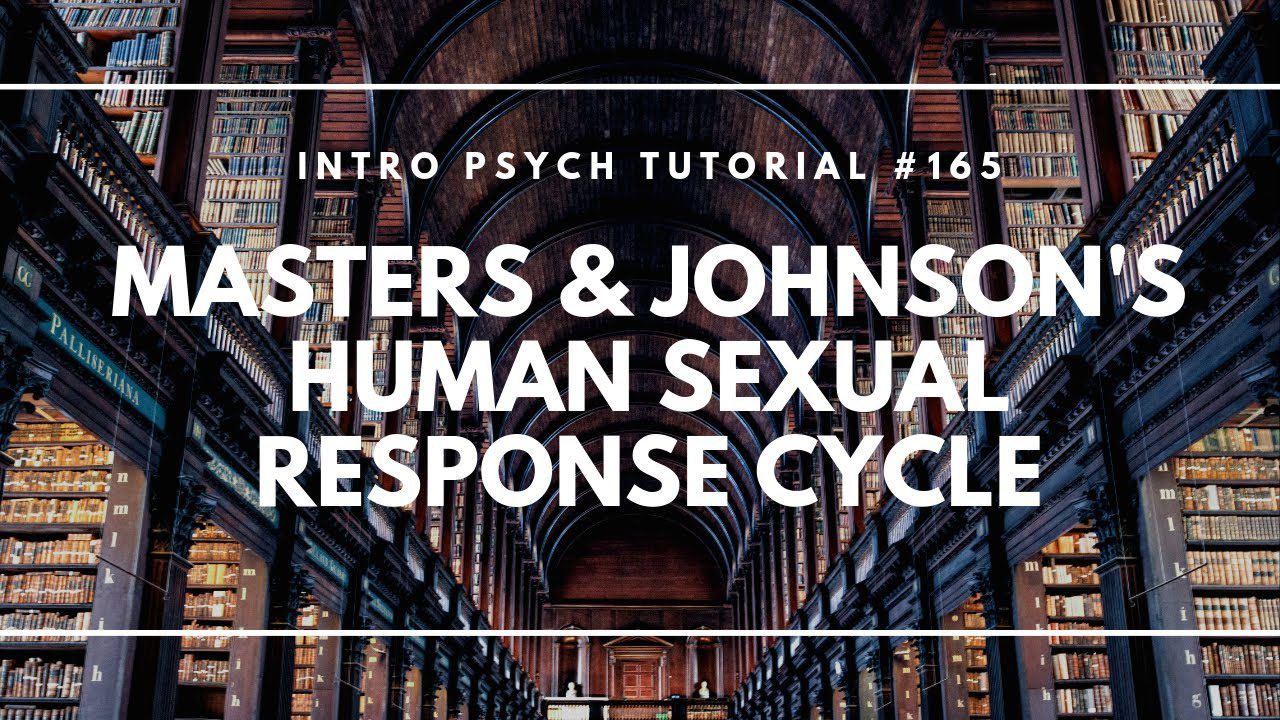
The human sexual response cycle identified by Masters & Johnson
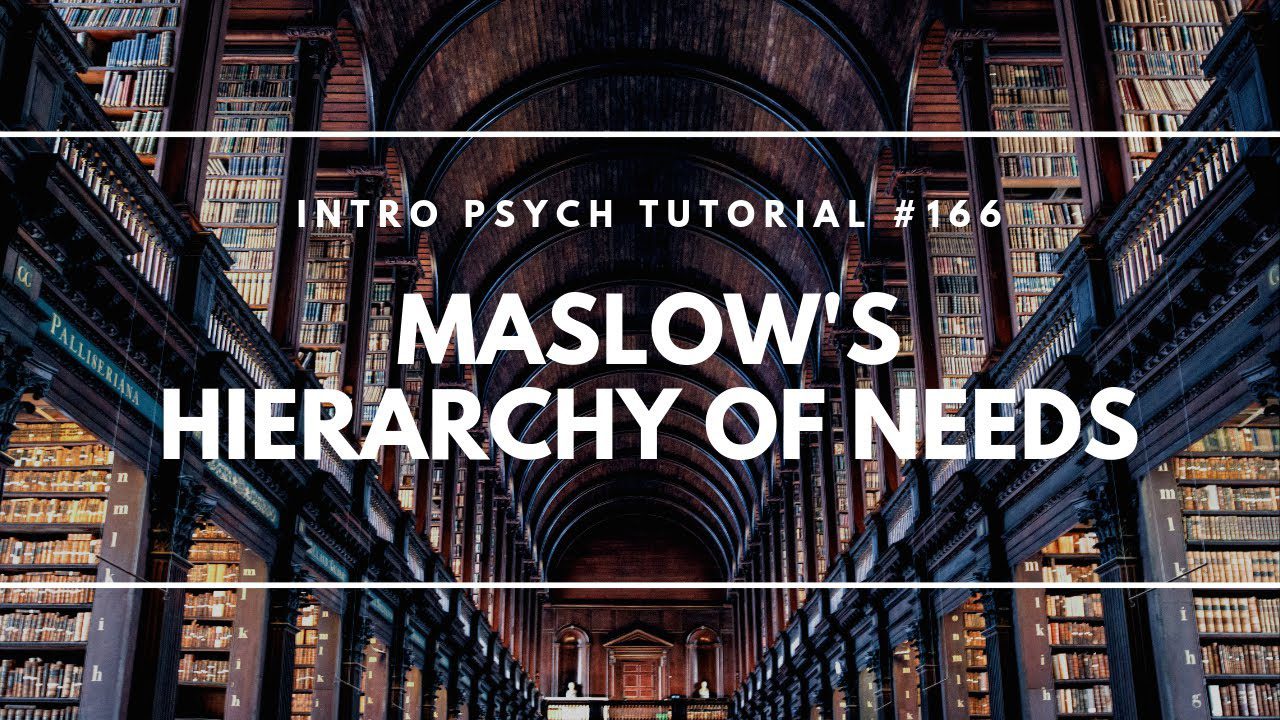
Maslow's hierarchy for organizing & prioritizing motivations
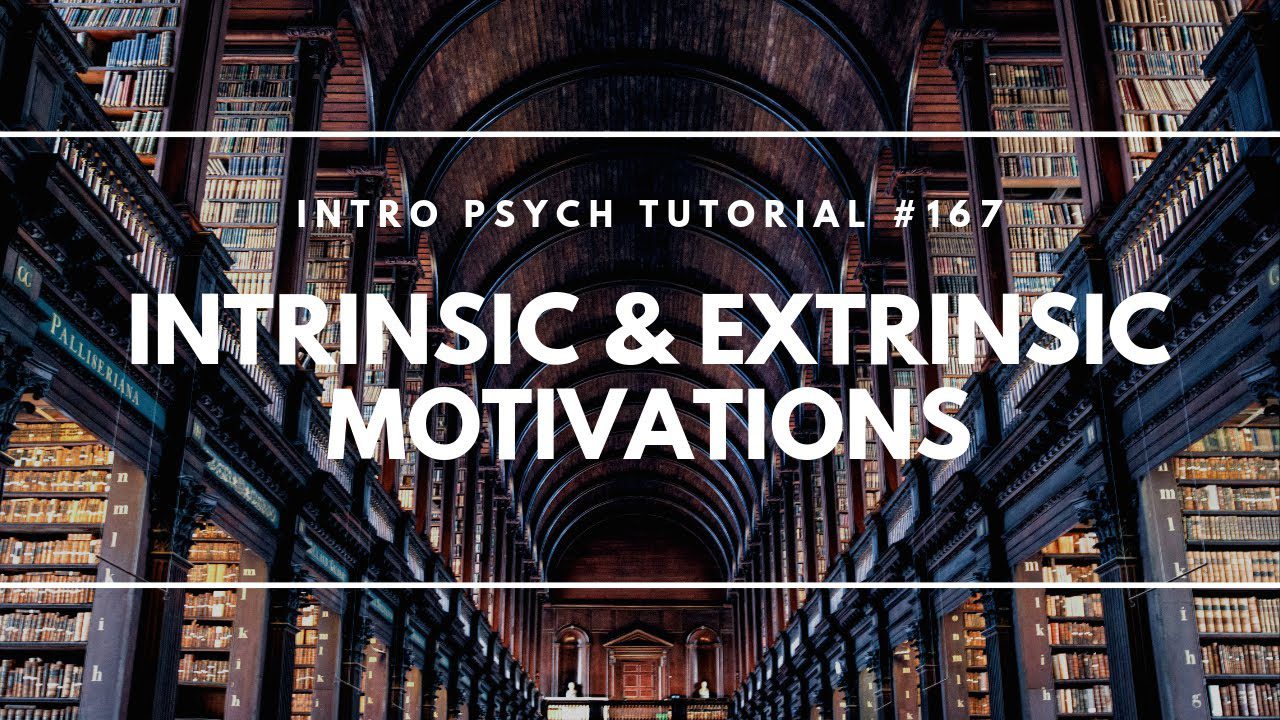
Categorizing motivations as intrinsic vs. extrinsic
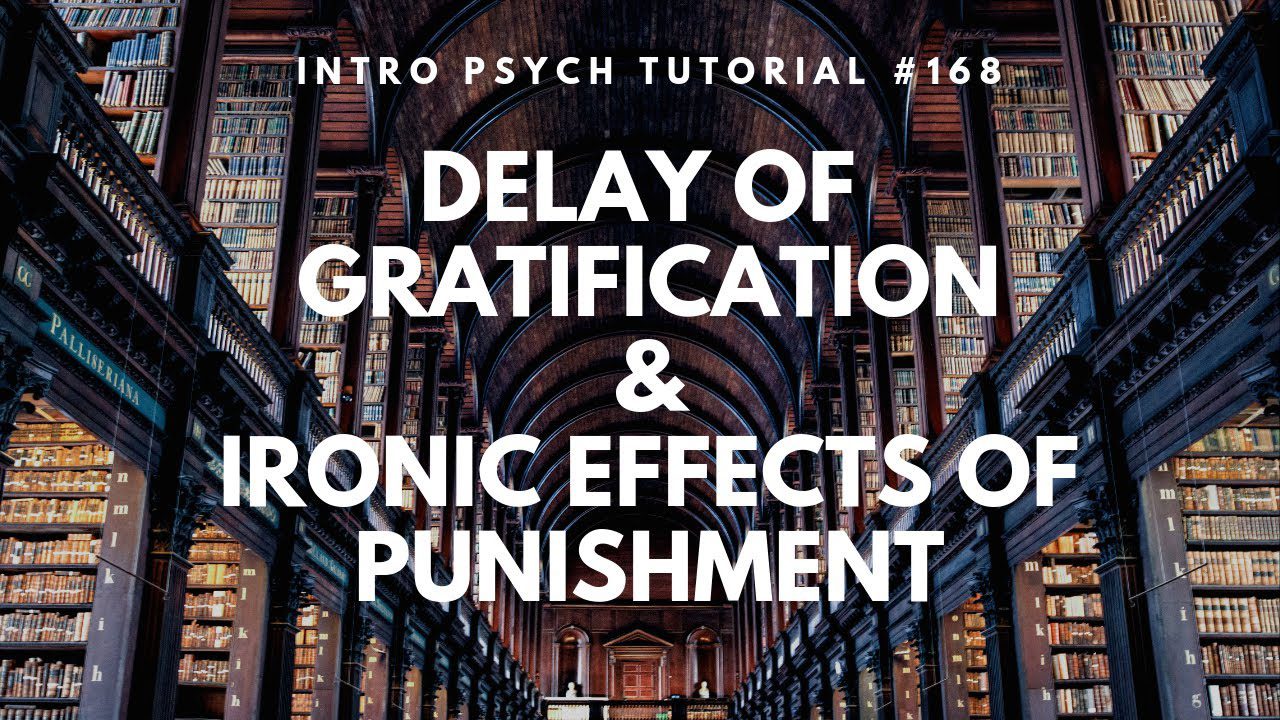
Delay of gratification and the ironic effects of punishment

Categorizing motivations as conscious/unconscious & approach/avoidance
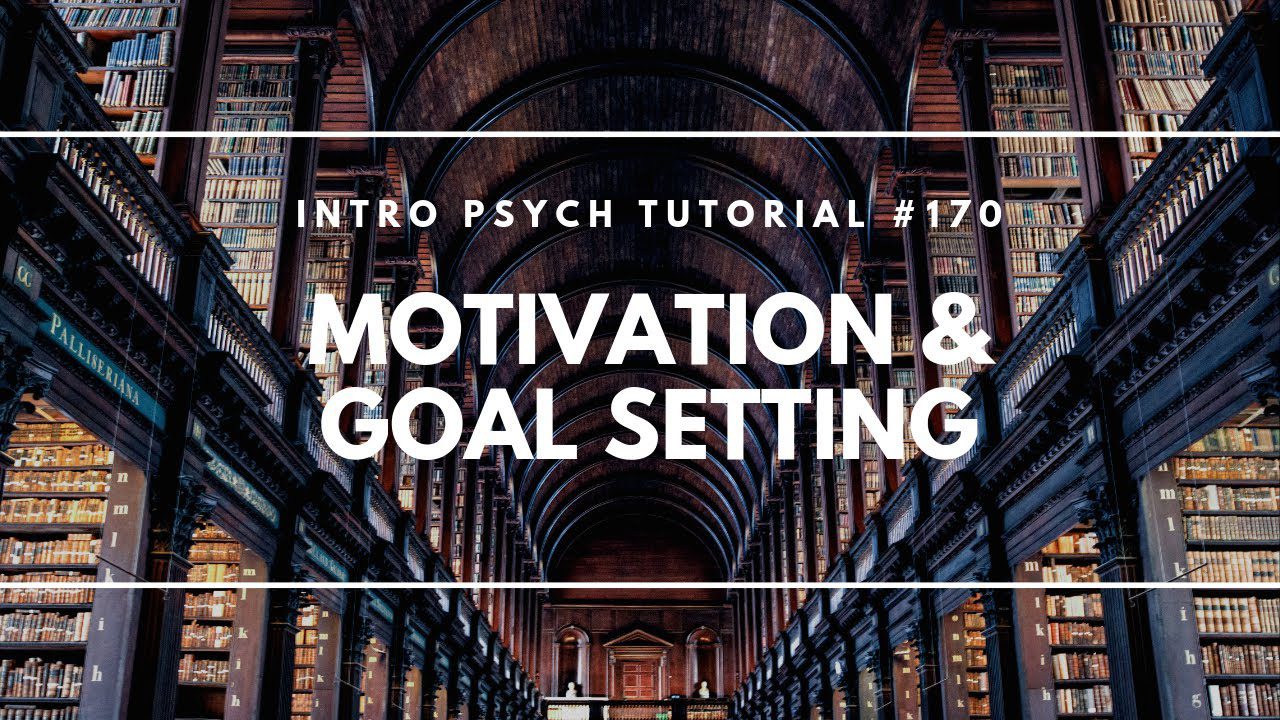
Applying motivation to goal setting

Additional Resources:
